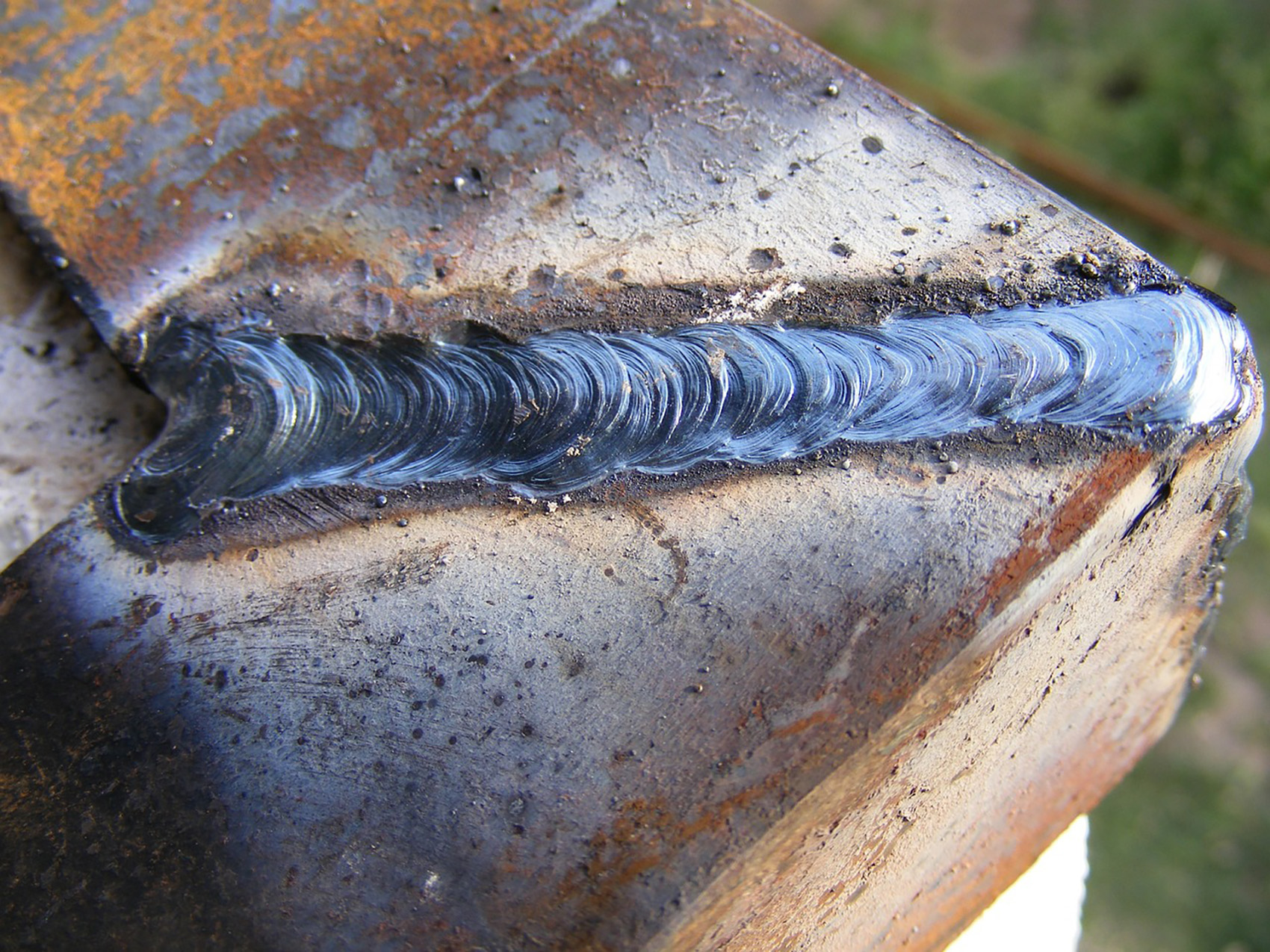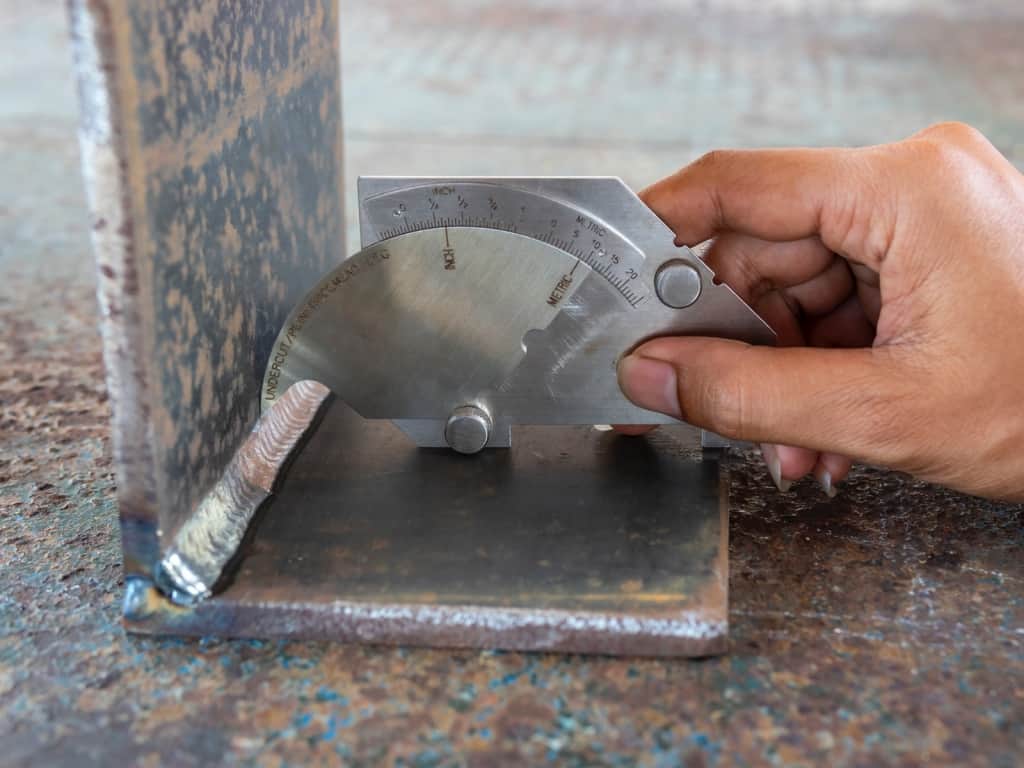Preventing Weld Undercut Made Easy: Key Techniques Introduced
Preventing Weld Undercut Made Easy: Key Techniques Introduced
Blog Article
Important Tips for Welders: Preventing Undercut Welding and Ensuring Stronger Weld Joints
In the realm of welding, achieving sturdy and solid weld joints is the foundation of generating top quality work. However, one usual challenge that welders typically encounter is undercut welding, which can compromise the integrity of the weld joint. By understanding the aspects that add to undercutting and carrying out the right techniques and preventative measures, welders can properly avoid this issue and make certain the long life and strength of their welds. Allow's discover some essential suggestions that can assist welders browse this obstacle and raise the top quality of their welding jobs.

Recognizing Undercut Welding
Undercut welding is an usual welding defect that happens when the weld metal falls short to appropriately load the groove and causes a groove-like anxiety along the weld grain. This issue damages the weld joint, making it susceptible to splitting and failure under stress and anxiety. Damaging can be triggered by different variables, including too much welding present, high welding speed, incorrect electrode angle, incorrect electrode dimension, and poor welding strategy.
Among the major reasons for undercut welding is an inequality in between the welding present and the welding rate. If the welding current is too high or the welding speed is also quickly, the weld steel might not appropriately fill up the groove, bring about damaging. Additionally, utilizing an electrode that is as well large can result in a similar outcome, as the excess metal can not appropriately flow into the groove.
To stop undercut welding, welders ought to guarantee they are using the proper welding specifications, maintain a suitable electrode angle, select the suitable electrode size, and practice appropriate welding methods. By addressing these aspects, welders can minimize the threat of undercutting and create stronger, extra trusted weld joints.
Proper Welding Technique
Reliable welding technique plays a critical duty in guaranteeing the high quality and honesty of weld joints. One essential aspect of correct welding technique is preserving the appropriate angle and range between the welding gun and the workpiece.
Additionally, a constant and stable hand movement is important for creating solid and resilient weld joints. Welders need to aim for smooth, uniform movements to make certain even distribution of the weld product. Proper control of the welding gun and filler material is also key to achieving ideal infiltration and combination.
Additionally, controlling the heat input and choosing the suitable welding criteria based on the product being bonded are critical aspects in achieving high-grade welds - Preventing weld undercut. Welders should comply with the suggested settings given by welding procedure specifications and adjust them as required based upon the details demands of the task. By mastering proper welding strategies, welders can dramatically enhance the toughness and reliability of their weld joints
Selecting the Right Electrode
When thinking about the significance of picking the ideal electrode in welding applications,Preserving the right angle and distance in between the welding gun and the work surface is essential. The selection of electrode plays an essential function in figuring out the high quality and toughness of the weld joint. Electrodes are available in numerous kinds, each developed for specific objectives and products.
First of all, selecting the suitable electrode size is essential. Thinner electrodes appropriate for welding thin products, while thicker electrodes are much better for thicker products and higher heat applications. Matching the electrode size to the density of the work surface helps accomplish a well balanced weld.
Secondly, recognizing the material structure of the electrode is essential. Different electrodes are developed for welding details products like steel, stainless steel, aluminum, or cast iron. Utilizing the proper electrode material makes sure excellent blend and reduces the danger of problems in the weld.
Lastly, thinking about the address welding position and strategy is critical when choosing the electrode kind. Specific electrodes are better matched for vertical or overhanging welding positions, while others work well for flat or horizontal placements. Picking the right electrode based upon the welding technique enhances the overall weld quality and stability.
Preparing the Base Steel
To ensure a successful welding procedure, what first actions should be taken when preparing the base metal for welding? Additionally, any kind of existing weld product or deposit from previous welding need to be removed to make sure a tidy surface area for the new weld.

Conducting Post-Weld Examinations

After performing these evaluations, welders should compare the results versus market standards and job demands to guarantee that the weld joint meets all needed criteria. Any kind of deviations or inadequacies found during the post-weld examination must be without delay addressed via suitable restorative steps to guarantee the weld's integrity. By carefully carrying out post-weld inspections and quickly dealing with any problems, welders can promote the quality and dependability of their work, inevitably adding to the safety and longevity of the welded structures.
Conclusion

To conclude, stopping undercut welding and guaranteeing more powerful weld This Site joints need a combination of proper Extra resources welding strategy, picking the right electrode, preparing the base steel correctly, and conducting post-weld inspections. By recognizing the root causes of undercut welding and executing the needed precautions, welders can generate high-quality weld joints that satisfy market criteria and make certain the architectural integrity of the bonded elements.
Undercut welding is an usual welding problem that occurs when the weld metal stops working to effectively load the groove and results in a groove-like clinical depression along the weld bead (Preventing weld undercut). Damaging can be created by various factors, consisting of extreme welding current, high welding speed, improper electrode angle, incorrect electrode size, and poor welding strategy
One of the main factors for undercut welding is an inequality in between the welding current and the welding rate. If the welding current is too high or the welding speed is also quick, the weld steel might not effectively fill up the groove, leading to undercutting.Preserving the right angle and distance between the welding gun and the work surface is fundamental when thinking about the value of selecting the best electrode in welding applications.
Report this page